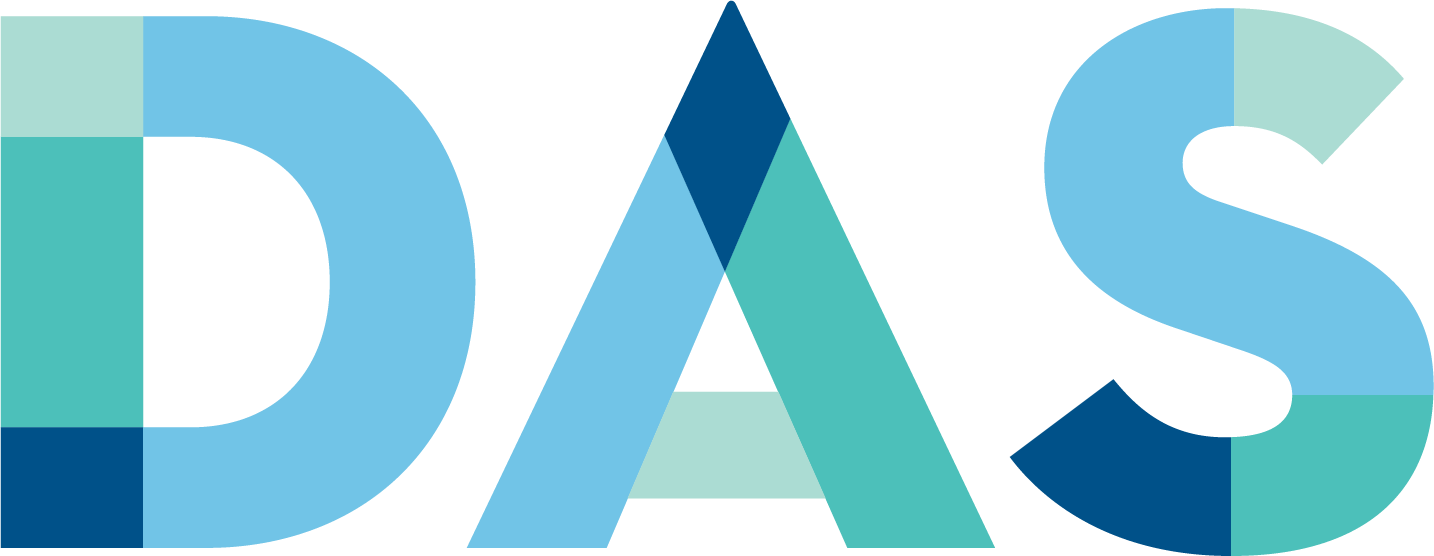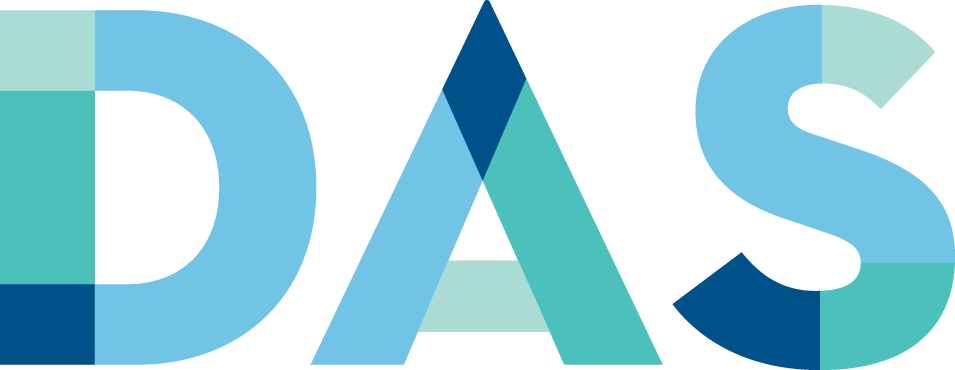As fires become more frequent, unpredictable and extreme due to climate change, DAS (Digital Agricultural Services) has launched a new fire monitoring product aimed at providing its customers with near real-time geospatial location data and verification on homeowners and customers in affected areas.
Addressing the difficulty seen with the ongoing LA fires in using predictive models, the new tool is designed to help DAS’s core customers -- which include government bodies, banks and insurers – identify and automate which buildings, homeowners and customers have been impacted in fire-affected areas.
It provides early insight of customer, property and building-level impact within as little as minutes or hours of an incident, with actionable data uploaded to any client system in hours not days.
The power of the solution is that for the first time, organisations can understand not just fire location or spread, but which customers are affected, down to the specific number of buildings or structures.
“This new capability is the first step towards a system where technology will allow those affected by a disaster to simply confirm their situation rather than report it. This takes a huge burden off those affected,” Anthony Willmott, CEO of DAS said.
“Knowing where a bushfire is interesting. Knowing which of your customers are impacted is at the heart of being a great insurer, lender or government body. All of our clients are committed to building safer regional communities and they can now see the impact in real time.”
The DAS solution leverages authoritative Geoscience Australia bushfire boundary data that typically updates every 15 minutes, including burnt area boundaries and size of burnt area, along with state emergency services and government agencies’ data from the States.
It is centered on rapid, cost effective assessment and validation for rural communities, helping DAS customers accelerate how they can make informed decisions, claims, and rapidly respond to fire events. It ultimately improves speed of service offered to affected property and policy holders.
Willmott added: “It will also allow financial institutions and those offering support to the fire affected to more accurately target their assistance and triage those greatest in need, whether that’s government led or empowering insurers to rapidly pinpoint number of building or structures damaged or lost, part of efforts to make climate event data more accessible at a portfolio level.”
In addition, with advanced notice, these institutions can prepare support potentially offering their stakeholders and customers services and relief and their services at a faster pace.
For the fastest results, DAS clients usually have already geolocated their customers at a portfolio level.
The latest innovation builds on DAS’ existing work with companies like Insurance Facilitators or IAG as well as fire authorities such as NSW Rural Fire Service, Country Fire Service (CFA) across five separate States and Department of Fire and Emergency Services.
In the case of the fire services, DAS provides cropping and harvesting data that allows them to understand how a fire may spread depending on the status of a given field.
Climate and Fire risk analysis has been a core feature of DAS’s since its inception in 2017. The company provides producers with free access to its platform for a baseline assessment of their own property, providing cursory data on their property attributes -- including risk profile.
Powered by advances in geospatial technology, DAS’ data has proved instrumental in decision making for a number of policy agendas including: risk mitigation, food security, land use mapping and trade. DAS' models are developed with more than 109,000 ground truth locations, including more than 13,000 locations from 2024.



